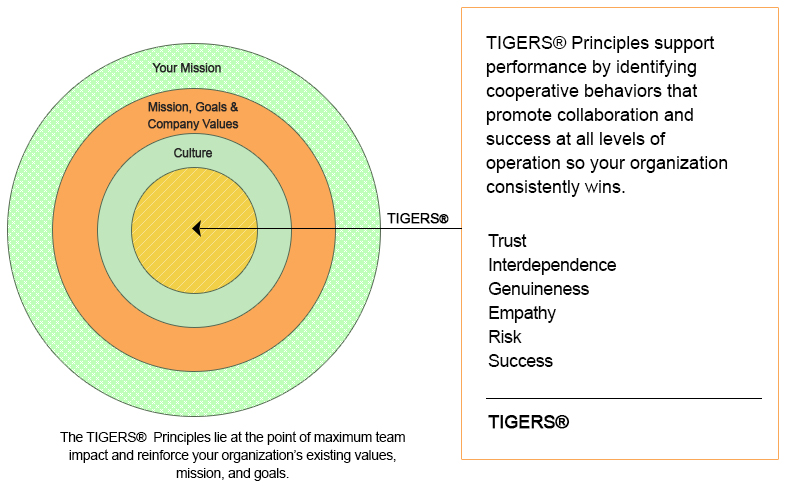
Great leaders, on the other hand, notice and comment on what you are doing right. Especially when you are learning new things.
The leader who just harps on what is wrong is detrimental to employees and the team. First no employee is always wrong. Employees are in their roles for a reason. They are effective in their positions the majority of the time and perform many of their core job functions well.
But if their leaders never point out when they are doing well and only point out the negatives, employees may not feel that they are effective employees. This leads to poor employee morale, high turnover rates and lower productivity.
To combat this, leaders must create a gratitude work culture. This is done by implementing team building strategies to show appreciation fat work. Here are some tips.
In a gratitude work culture, be thoughtful with praise.
Offering praise, such as adding “Good job” after a quick meeting, is as meaningless as never offering any praise. So, why is that?
When leaders offer praise too often, employees don’t know whether or not to take the praise seriously. They do not feel motivated by the sentiments. To reap the benefits of offering praise in a gratitude work culture, leaders need to understand how to give it effectively. This includes offering genuine and specific praise to employees.
How to implement this.
When employees receive praise, employees must believe that they actually made a difference. They want to know how their personal efforts made that difference. By offering specific praise, leaders will notice that employees get it, And, when employees get it they will repeat it more often. There is the old saying, “nothing succeeds like success.” The bottom line is that employees want to win. Show them how they did.
In a gratitude work culture, show gratitude on all levels.
Employees are the most productive and motivated in their positions when they are interested in the work, feel that their work has a purpose and feel appreciated by others. The perks of a gratitude work culture, however, are not just for employees.
Leaders who show appreciation and gratitude for their employees and their efforts are seen as better leaders. In order to create a gratitude work culture, team members must see the practice of gratitude in action.
How to implement this.
Show gratitude during a regular occurrence within all levels of the organization. For example, at an all employee meeting, let employees express who helped them in the last week and what difference it made to work. Or, in your newsletter, give both leaders and employees mention for doing something for another person that was outside their work area or job description.
To create a gratitude work culture celebrate the small wins.
Increasing gratitude in the workplace does not have to be a monumental effort. Yes, it is important to celebrate the big achievements, such as reaching a major goal. It is also extremely important to celebrate the small wins, too. This is especially true during times of change.
How to implement this.
When a team is experiencing a change in leadership or new policies, it is important for leaders to let their team members know when they are performing well under the new direction in specific terms. This keeps morale up during the change. It also reduces resistance. It also ensures that team members are understanding their new roles within the changing environment.
To create a gratitude work culture be a mentor for all employees.
To create a gratitude work culture, it is important for leaders to understand the dangers of showing favoritism toward certain employees. Therefore, it is important that leaders offer mentoring opportunities and gratitude for all employees.
How to implement this.
By remaining fair and transparent, leaders ensure that employees will recognize their opportunities for praise and mentoring and feel less animosity for one another.
Create a gratitude work culture review.

Leaders who demonstrate gratitude for their employees help create a gratitude work culture where employees value one another. With more gratitude, the team also enjoys improved morale, lower turnover and greater productivity. To create this type of culture, leaders should be thoughtful with their praise, show gratitude on all levels, cultivate a culture of gratitude, celebrate the small wins and offer guidance and support for all team members.
For further insight on creating a gratitude work culture check out these resources.
- How and When to Offer Praise to Your Team to Make the Most Impact
- Love the Ones You’ve Got: Retaining & Developing Stellar Employees
- Why Thanking Employees Can Make for a Better Leader
- Why You Should Thank Your Employees More Often
- Want Engaged, Productive Employees? Start By Showing Them a Little Gratitude
Copyright TIGERS Success Series, Inc. by Jennifer Zimmerman
About TIGERS® Success Series

We specialize in developing high performance work cultures. Scaled to grow as your organization and leadership performance grows, our proprietary Team Behavior Profile, Management training workshops, and online micro training packages are based on the six principles we have found to be the right mix to make this happen.
The TIGERS 6 Principles are Trust, Interdependence, Genuineness, Empathy, Risk and Success. Born from our many years of business, psychology, and educational group dynamic research, and subsequent four years of independent evaluation, we instill and sustain behaviors that improve work group performance and talent retention for measurable ROI.
Request a consultation to learn more. To subscribe to our complimentary newsletter, click here.